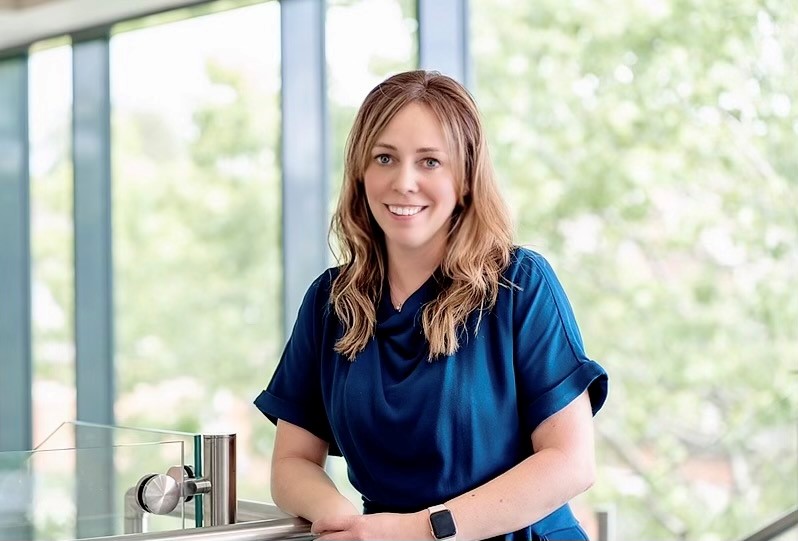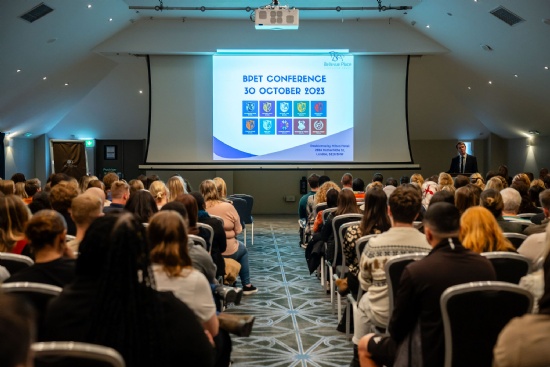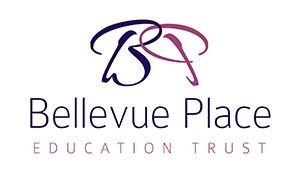How far is too far? BPET’s spread of schools
Our Director of Education Laura Gregory was recently interviewed by Arbor for their Creating a Cohesive Trust report, in February 2022. Arbor asked Laura where she stand in the distance debate.
Working across eight local authorities
“At Bellevue Place Education Trust (BPET), our nine schools are spread out over eight different local authorities. Eight of our schools are either in converted buildings or brand new school buildings, one school is in a converted juvenile courthouse. We were also the first Trust to have a partnership with a supermarket chain — Lidl, as one of our schools sits alongside and above a supermarket, as both were being built within the community at the same time.
In other words, our Trust is quite unique, as well as being geographically dispersed. We have a growing cluster of schools in Berkshire, but even though the majority of our schools are in London, it can easily take an hour to sometimes travel between them.

Staff work best where they are happiest
I am sure like us, any Trust’s immediate priority after the pandemic is stabilisation, especially as our sector is trying to work with record-high absence rates from staff as well as pupils and general ongoing uncertainty. Many Trusts, including our own, are at the same time looking to grow and expand their community. However, what we all must do is underpin our journeys as Trusts with an understanding that every child should benefit from the Trust structure and feel like they’re part of a Trust.
The same should apply whether you’re set on growing, don’t see it as a priority, or working around the ethos that you shouldn’t grow for growth’s sake. When a school is in need, whether that’s a significant challenge or just a small training problem, it’s our leaders and people that I call on to support that
school. They’re very aware that they’re part of a bigger organisation, but at the same time, we know that our staff work best where they are happiest. This is where the geography question comes into play.
How we make it easier to connect
Of course, Covid revealed that there are still many ways to come together even when you’re not geographically close. We are fortunate that we can meet virtually, but at BPET, we still encourage in-person visits. We’ve taken measures to make sure that this focus on in-person doesn’t put a strain on our staff — like starting later when we meet in person, paying for travel and accommodation (if required), and having training in twilight hours to make sure we don’t take people out of the classroom. These little things are making a difference, and were instigated after a survey I ran with the staff to see how we could make it easier to connect. We will always have a hybrid opportunity available, but we actively encourage our Headteachers and staff to meet face-to-face. This isn’t to say we’ve got the balance just right yet, but it gives us flexibility and we can see attendance getting higher as a result of the hybrid offering.
What we all must do is underpin our journeys as trusts with an understanding that every child should benefit from the Trust structure and feel like they’re part of a Trust.
Creating a real community of schools
Because in-person meetings and support are still important to our Trust, location is a factor when we’re taking on a new school. So much so that we’d be hesitant to take on a school which is further than 30 minutes away from one of our existing schools, so that they don’t miss out on the benefits of being part of our organisation. This is because of several factors. We want to create a real community of schools, and develop a hub structure. We also want to be able to offer in-person support, such as specialist teachers, without having a negative impact on the wellbeing of our existing staff. It’s a fantastic opportunity to provide support to a school, but not if it means our staff have to have lengthy visits away from their families and their base school.
 The same applies on a pupil level. We actively encourage visits to each other’s schools to help contribute to that mindset that we are one organisation. We’ve had multiple sports competitions, where year groups come together from our different schools and compete. We’ve extended this to an intra-Trust chess tournament ‘The Queens Gambit’, and an upcoming BPET debate competition for the Year 5s and 6s across all of our schools.
The same applies on a pupil level. We actively encourage visits to each other’s schools to help contribute to that mindset that we are one organisation. We’ve had multiple sports competitions, where year groups come together from our different schools and compete. We’ve extended this to an intra-Trust chess tournament ‘The Queens Gambit’, and an upcoming BPET debate competition for the Year 5s and 6s across all of our schools.
We’re also looking for all our upper primary school children to go on a residential trip together. Although it’s critical, having a shared culture isn’t just about making sure each student benefits from great teaching. It’s about a sense of community and doing things together. For staff, we have an annual conference and end of year celebration, as well as termly networking groups, e.g. for subject leaders, to share best practice.
Other organisations may have a completely different take, and perhaps to them, the future of MATs is borderless. That isn’t to say that Trusts whose schools are spread across the country can’t share a culture, it just means that at BPET, the centricity of community in our culture is too important to compromise to geographic distance. For us and our Board of Trustees, having a border is important.
Autonomy in meeting the needs of schools’ local communities
At the same time, we have a firm belief at BPET that schools should retain their own identities alongside that of the Trust’s vision ‘Learn, Enjoy, Succeed’. It’s not mutually exclusive. Our schools each have bespoke curriculums, not only to do with meeting the needs of the communities they serve, but simply at the heart of what they believe is important. One of our schools, for instance, has a financial curriculum. I recently visited a year 6 lesson where they were learning about inheritance tax (which they were shocked and disgruntled by!) while a year 5 class was focused on how to save money, budget and develop an understanding of loan APRs. Another of our schools always has swimming delivered in every year group from Reception to Year 6 annually. If it’s important to the school and community, then they should keep it — as long as it’s developing the whole child and they are making great progress academically and socially.
Our schools also have the autonomy to decide how they should deliver their bespoke curriculum. None of our Headteachers want to see robots teaching the same lesson. Two teachers may teach the same class in a very different way, and that system works, as long as they see engagement and progress from the pupils.
Challenging schools to do their best
BPET provides support and challenge through the attainment and progress data recorded for each school on Arbor. This enables us to identify trends for support, strength to push out across the organisation and areas where more attention or spend need to be diverted to. We have a Standards Committee Meeting each term, to delve into each school’s data, which is made up of the school’s SLT, myself and either the CEO or a Board Trustee. We also take this data to the Board, who review it themselves and provide challenge to me, and then I take back any next steps or questions to the school with a plan of action. As well as this, we have Local Advisory Boards (LABs), which help us to review our standards of teaching and learning across each school.
We have some form of a review every term in each of our schools (extending beyond teaching and learning, e.g. safeguarding and regulation and compliance), which is identified in our School Improvement Strategy. We again, discuss the strengths, challenges and then share best practice to overcome the challenges. This is testament to the fact that sharing a culture and sharing standards and goals doesn’t and shouldn’t take away from the autonomy of each school to follow the path that they think works best for them. It again comes down to making sure that each student benefits from that Trust structure and vision. For us and our culture at BPET, that also speaks to the sense of community we are building through in-person events and support. It’s this sense of belonging that we will not compromise for the sake of dispersed growth.”




